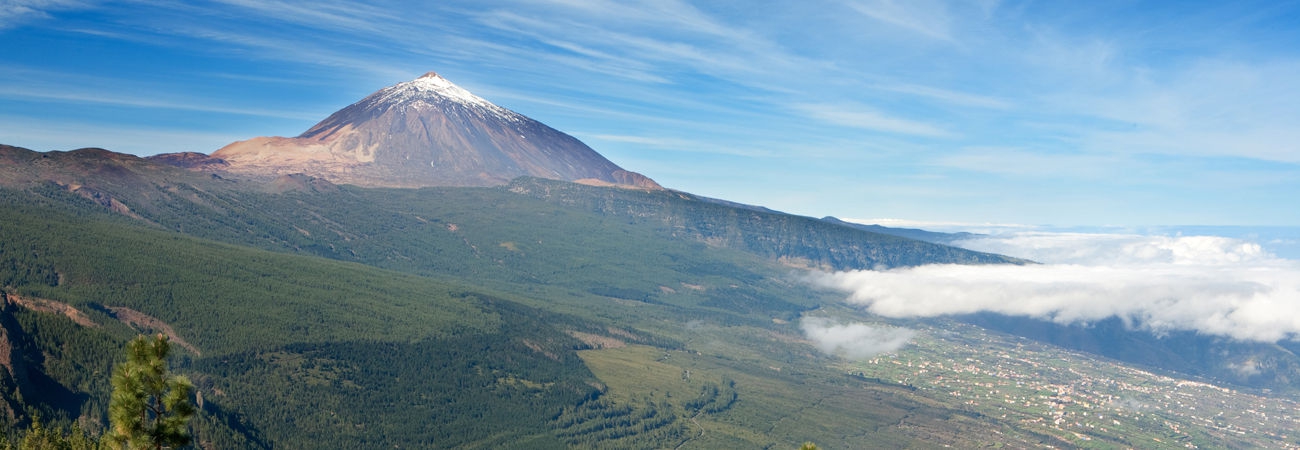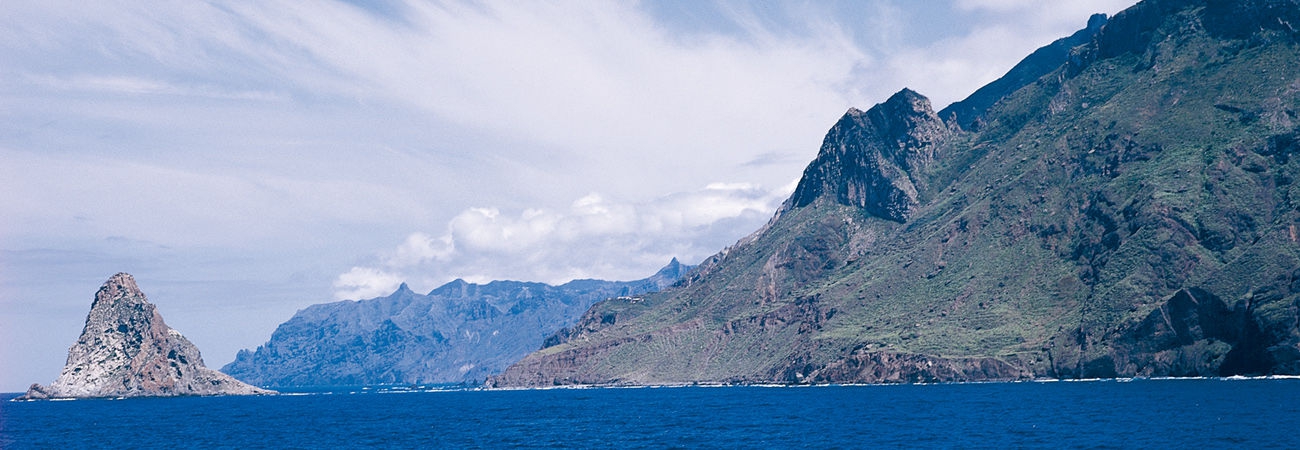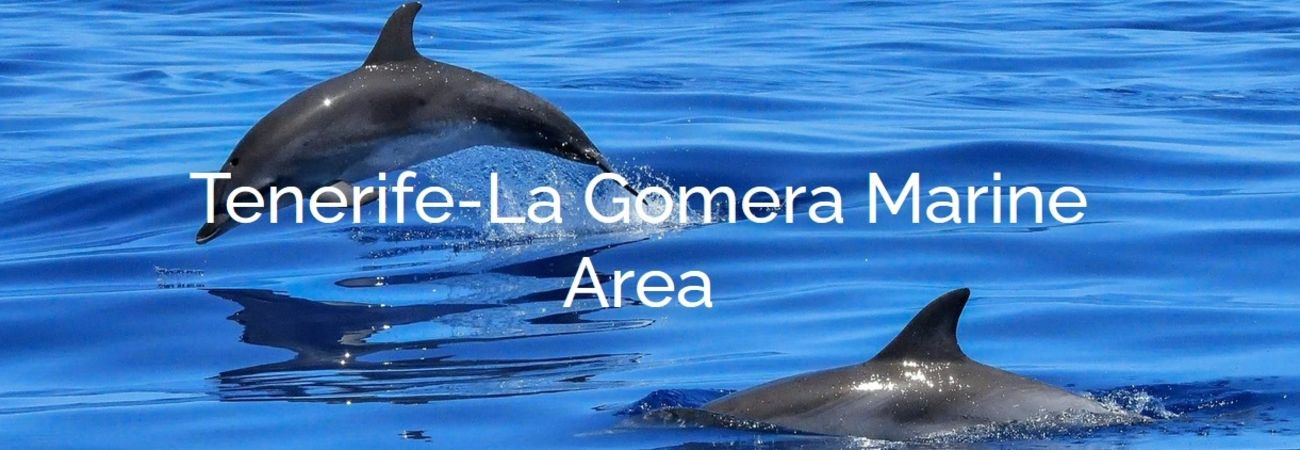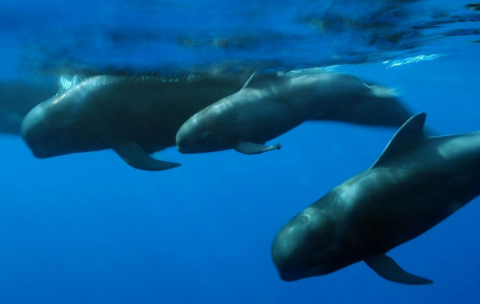Whale Heritage Sites
Whale Heritage Sites (WHS) recognise outstanding destinations for responsible and sustainable whale and dolphin watching. They provide the travel industry with a clear marker to identify and support sustainable practice, and create a platform for communities to engage with marine culture, heritage and biodiversity.
The Whale Heritage Sites certification programme was established by the World Cetacean Alliance and is currently run in partnership with World Animal Protection. WHS formally recognises destinations around the world that support and demonstrate the importance of cetaceans through culture, education, research and conservation.
Whale Heritage Sites give tourists a transparent and easy way to select responsible whale and dolphin watching holiday destinations, encouraging them to experience these incredible animals in their natural habitat, in an authentic and respectful way.
Applications are encouraged from communities and organisations that advocate a real connection between cetaceans and both tourists and locals alike, and actively promote the preservation of cetacean habitats for the benefit of present and future generations.
Certified Whale Heritage Site
Tenerife-La Gomera Marine Area became a Certified Whale Heritage Site in January, 2021. Tenerife-La Gomera Marine Area is Europe’s first Whale Heritage Site.
Its unique resident population of pilot whales live alongside a high diversity of other cetaceans (whales, dolphins or porpoises). They inhabit a designated Special Area of Conservation (SAC), with a coastline that hosts millions of tourists every year – many of whom wish to see these majestic marine mammals in the wild.
There are 28 cetacean species to be found in the island’s waters – most migrant or seasonal – but some resident, including short-finned pilot whales and bottlenose dolphins, ensuring a year-round whale and dolphin-watching season.
Tenerife’s whale and dolphin watching industry is already one of the largest and most famous in the world, estimated to directly generate €42 million revenue annually from 1.4 million tourists. After seeing a rapid rise in recent years, there is now a recognised need to cap that growth, continue to improve standards, and encourage further collaboration between operators. A diverse range of engaged stakeholders are in place to support this process, including government departments, NGOs and scientists.
https://whaleheritagesites.org/tenerife-la-gomera/
https://whaleheritagesites.org/new-whale-heritage-sites-in-europe-and-us-awarded-in-a-significant-leap-for-wildlife-protection/










